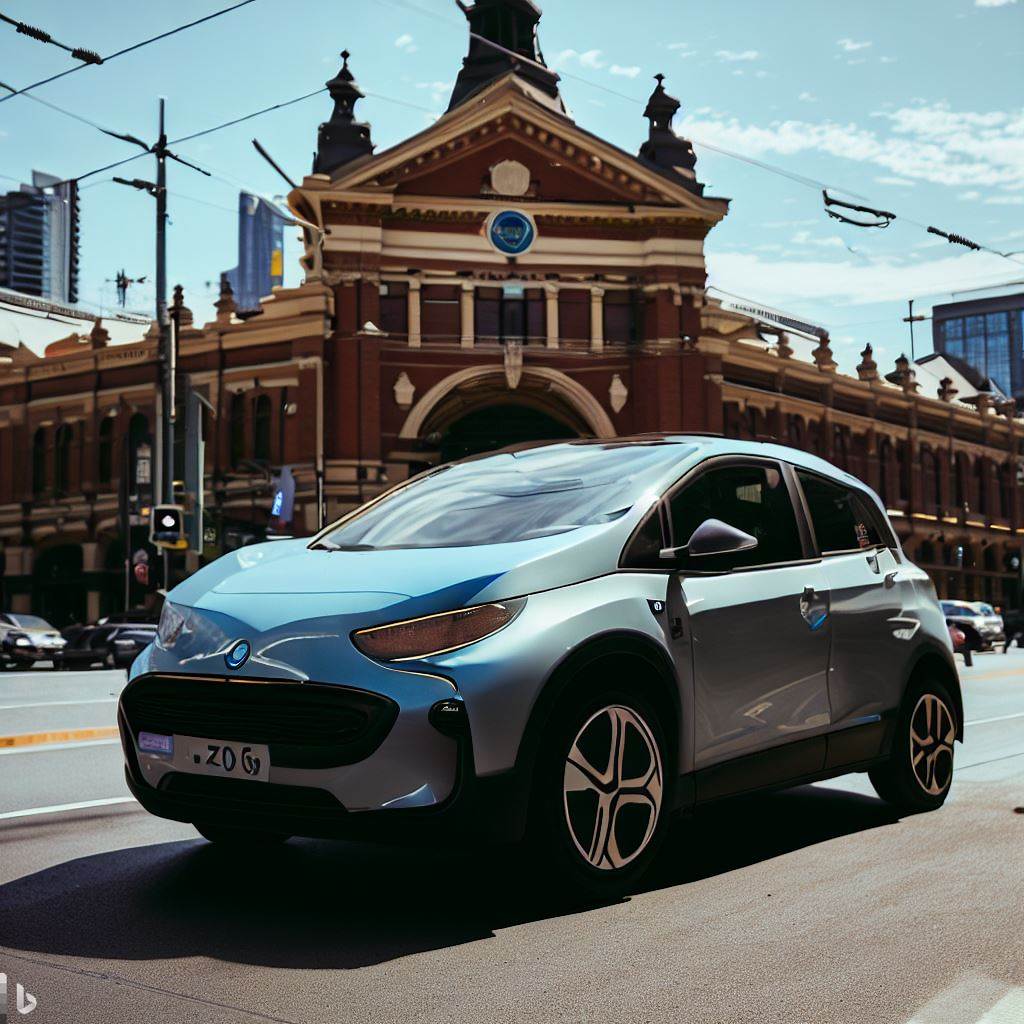Project Description
Our project revolves around the fascinating intersection of vehicle types and electric vehicle adoption in Victoria. Today, we are delighted to share the insights we've uncovered by analyzing six years of vehicle registration data, providing a clearer picture of the electric vehicle landscape in our region.
As we dive into the project, it's important to recognize the strides that have already been taken. The government's commitment to fostering electric vehicle adoption is evident through a range of subsidies that make purchasing an EV more financially feasible. These incentives have sparked a growing interest in electric mobility, giving individuals the chance to make environmentally conscious transportation choices.
Additionally, infrastructure and convenience play vital roles in this endeavor. The government's decision to allocate dedicated parking spaces for electric vehicles highlights a proactive approach to promoting EV ownership and expanding charging facilities. Moreover, the government's shift towards using electric vehicles in its own fleet sets a powerful example, showing its dedication to environmental responsibility and encouraging others to follow suit.
However, challenges persist. Two key obstacles are the gaps in charging infrastructure and the shortage of electric vehicle supply due to high demand and other factors.
To tackle these challenges, we've crafted a set of strategic solutions:
- Empowering the ride-sharing gig economy by offering incentives for ride-sharing platforms to transition to electric fleets. This will increase the visibility and accessibility of EVs in everyday life.
- Revamping import duty incentives to favor electric vehicles, encouraging manufacturers to prioritize EV production.
- Requiring the integration of EV charging stations in new building projects to create a seamless charging network.
- Implementing awareness campaigns to dispel misconceptions about EVs and educate the public about their benefits.
- Addressing challenges related to electric vehicle supply by collaborating closely with manufacturers to ensure a consistent flow of vehicles into the market.
Looking ahead, our strategic journey involves a pilot program tailored to individuals aged 18 to 45, a key demographic for EV adoption. This pilot will encompass several phases:
- We'll introduce a select group of potential EV adopters to our proposed solutions and evaluate their responses.
- We'll create informative materials tailored to potential EV buyers, addressing their unique concerns.
- Gathering insights from pilot participants, we'll refine our solutions based on real-world feedback.
- We'll continue improving our solutions based on user input and adapting to changing circumstances.
- Finally, we'll roll out the refined solutions on a larger scale and assess their impact on EV adoption rates.
In closing, we'd like to express our heartfelt gratitude for the opportunity to share our project with all of you. This journey has been enlightening, and we're eager to take the next steps in driving the adoption of electric vehicles in Victoria.
Data Story
In our quest to understand the landscape of electric vehicle (EV) adoption in Victoria, Australia, we embarked on a data-driven journey. We harnessed data from various sources, including road transportation records and charging infrastructure maps, to uncover insights about the distribution of EVs across different postcodes and the relationship between EV uptake and charging infrastructure availability.
Analyzing EVs per Postcode:
Our starting point was the road transportation data that provided information about the number of electric vehicles registered in various postcodes across Victoria. By aggregating this data, we were able to visualize the concentration of EVs across different regions. The map revealed a diverse pattern of adoption, with some areas showcasing a remarkable surge in EV ownership.
Strong Uptake Hotspots:
Upon careful analysis, we identified several hotspots where EV adoption had surged significantly. These areas were characterized by a higher density of EVs per capita compared to the rest of the region. The presence of strong EV adoption hotspots sparked our curiosity to investigate further.
Exploring the Connection with Charging Infrastructure:
To unravel the factors contributing to these EV adoption hotspots, we turned our attention to charging infrastructure. We sourced charging infrastructure data from the charging map, a comprehensive resource detailing the locations of EV charging stations across Victoria. By overlaying this data with our EV adoption map, a fascinating correlation emerged.
Correlation Between EVs and Charging Infrastructure:
Our analysis indicated a strong correlation between the density of EVs in a particular postcode and the availability of charging infrastructure in that same area. Areas with a higher concentration of EVs tended to have a higher number of charging stations in close proximity. This correlation underscored the critical role of accessible and convenient charging infrastructure in promoting EV adoption.
Implications and Future Considerations:
The insights gained from our data-driven exploration have far-reaching implications for policy makers, urban planners, and stakeholders in the transportation and energy sectors. Understanding the connection between EV adoption and charging infrastructure can guide decisions related to the placement of charging stations, incentivizing EV ownership, and promoting sustainable transportation solutions.
Conclusion:
Our data story highlights the power of data-driven insights in uncovering meaningful patterns and relationships within the realm of electric vehicle adoption and charging infrastructure. By leveraging data from road transportation and charging infrastructure sources, we shed light on the geographical distribution of EVs, identified strong adoption hotspots, and revealed the pivotal connection between EV uptake and the availability of charging infrastructure. As the world continues to embrace sustainable transportation options, these insights provide valuable guidance for fostering widespread EV adoption.


